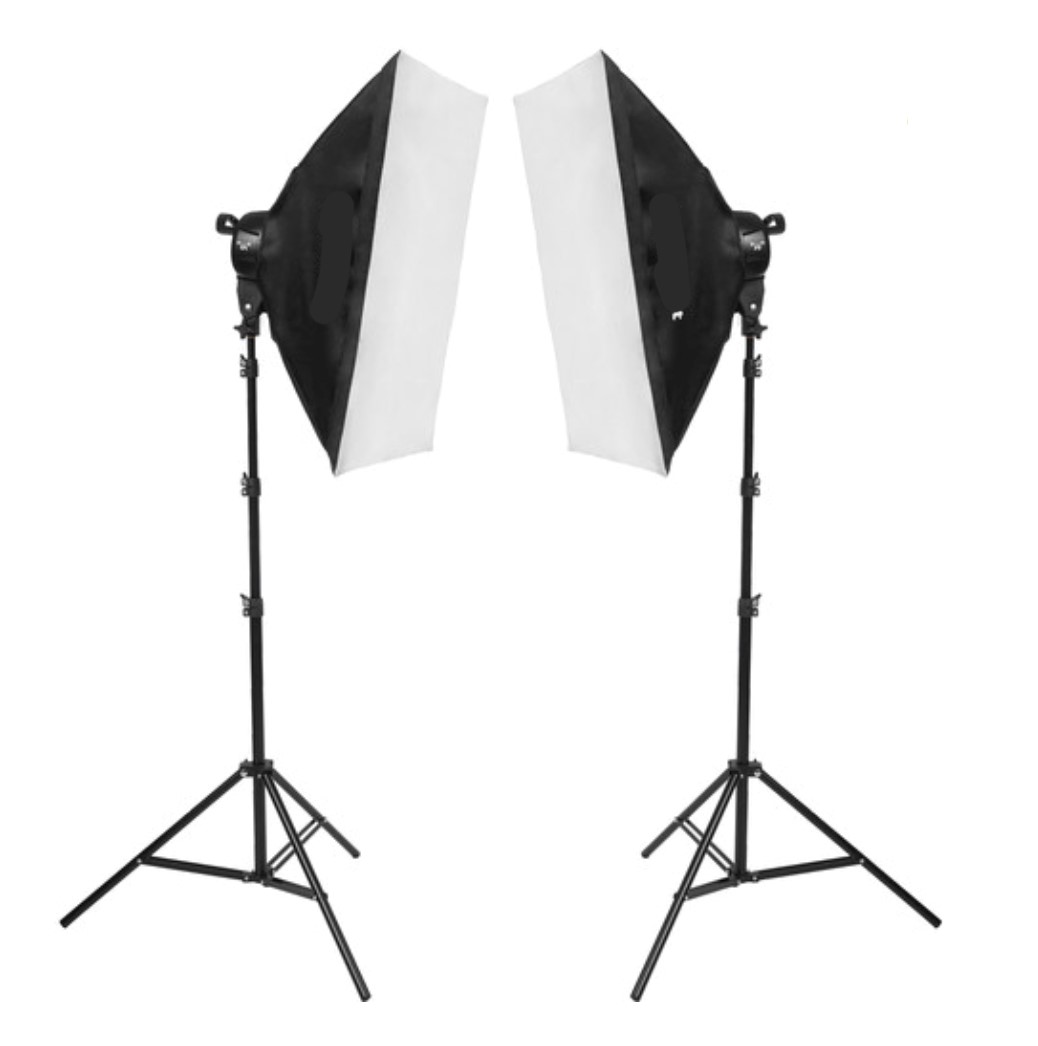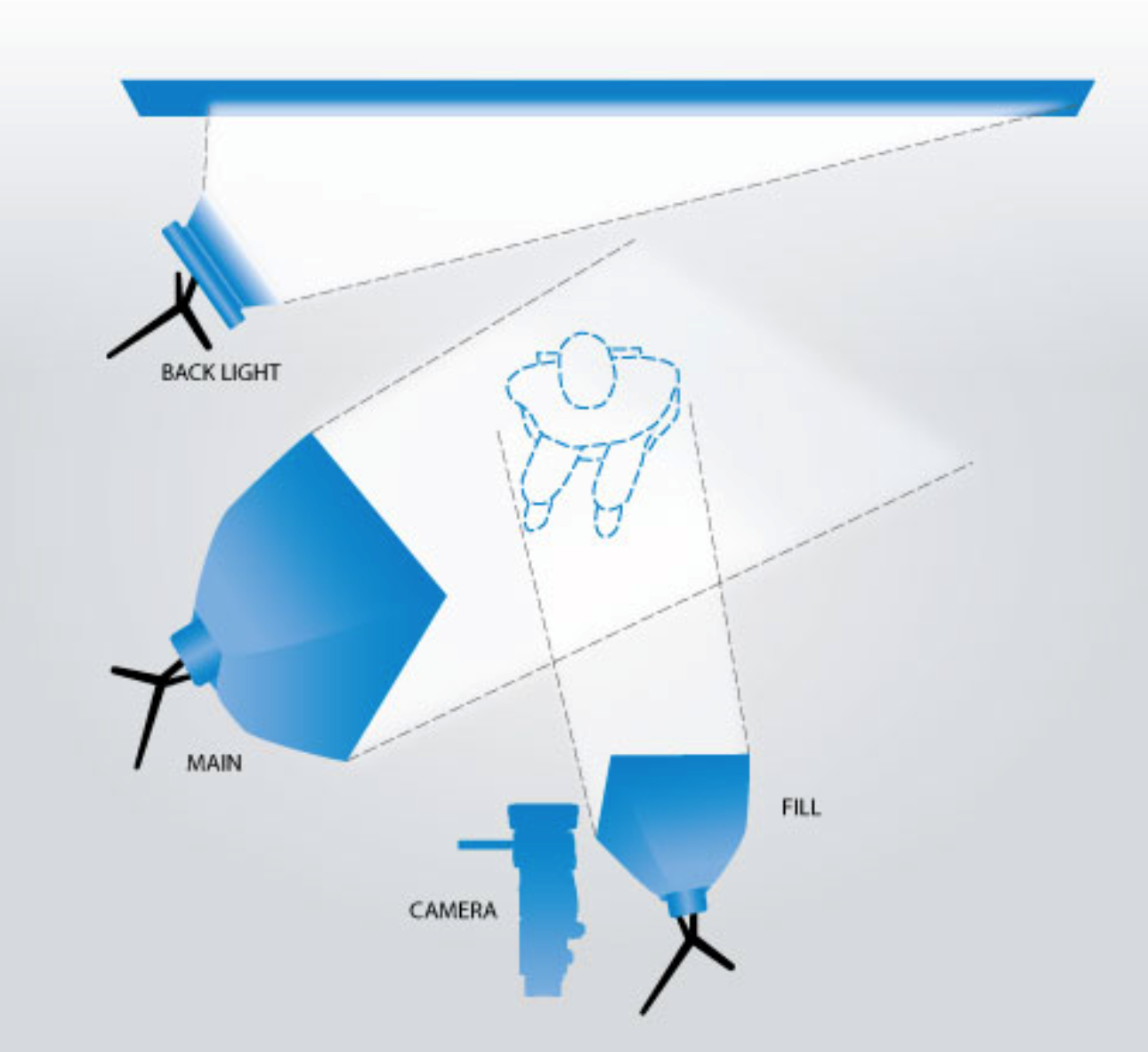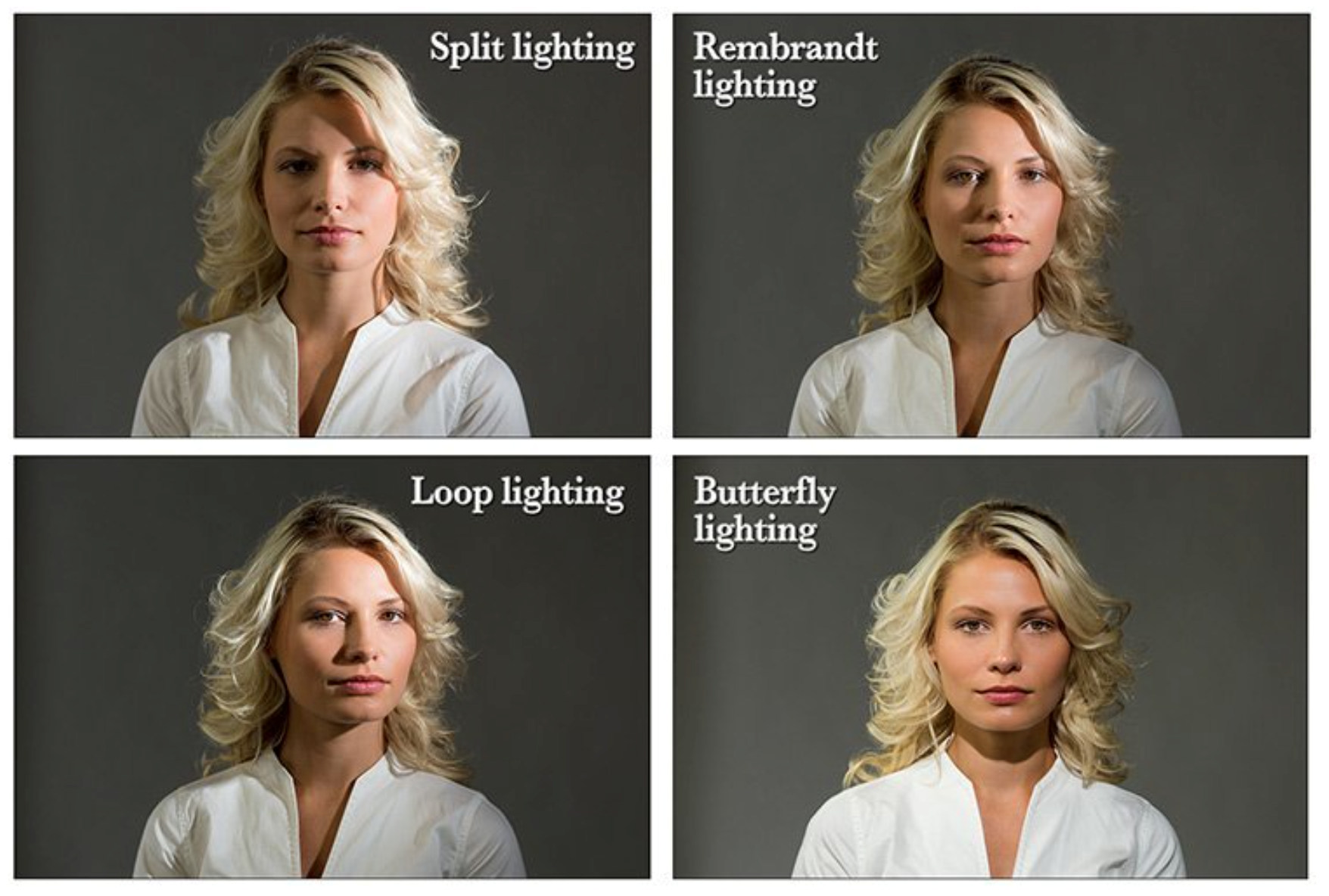This topic was recently discussed among IABC members in a discussion on The Hub.
“Video is a powerful medium. Arguably, the most powerful and persuasive today.” — TJ McCue, “The State of Online Video for 2020,” Forbes, 2020
There are many compelling reasons that professional communicators consider bringing video production in-house. Chief among them is greater agility and creativity in sharing their organization’s stories. Creating an in-house strategy can be extremely rewarding, because you’ll have more frequent creative collaborations throughout your organization, and you can provide more professional growth opportunities for motivated members of your team. Having greater vision into your organization and an engaged team are critical for a professional communicator’s success.
However, videography is a profession, and certain keystones must be in place to achieve the best possible outcomes. Having worked in the professional photography and videography lighting industry, I was fortunate to learn many lessons about those processes from experts.
Two of the most “unintuitive” keystones are lighting and audio, and neither requires large investments. The following are tools that I’ve found success with, and would recommend to anyone who wants to get started in video production.
- Bluetooth microphones: The best I’ve used are the Rode Wireless Go mics. It is practically wireless, smartphone capable (requires an additional cable for smartphones), and it has superb sound quality for your studio or on-the-fly video capture. Just clip the mic on the interviewee, and you’ve upgraded your audio by a factor of 10x.
Tip: Always leverage a set of headphones for the person doing the video recording so they can identify and solve any audio issues during the interview. Sometimes a tie or jacket can rub on the mic and create a “scratch.” You don’t want to download the video only to find you have to ask a CEO to make time for a reshoot. The headphones will tell you exactly how the audio is being captured.

Rode Wireless Go mics are very easy to use, with great quality.
- Basic studio lighting kit: There are many good options for a two-light studio kit. With just two lights, you can create a multitude of polished effects. The more you experiment, the more confident you’ll be.
Tip: Confirm that you have telescoping tripods in your kit, as the variable heights of your lights offer even more possibilities to your lighting options. Having a case or bag for this equipment will also save a lot of annoyance.
 |
 |
 |
Example of two-light soft box lighting kit.
|
Sample light arrangement with two front lights and one back light on background.
|
Examples of various lighting effects with the same two-light soft box kit.
|
-
Video editing software: Again, there are many good options to choose from. The expensive ones provide the most features, but also tend to require the most time to learn. Inexpensive software accomplishes basic needs, but you’ll outgrow it eventually. If you’re using Adobe products, you may appreciate how Premiere integrates with everything you’re using. If you’re on a Mac, you may find that Final Cut or iMovie provides the right amount of options.
Tip: When you’re comfortable with the basics of editing video segments and using transitions, you will undoubtedly want to leverage more motion graphics. It’s wise to see that as a separate effort from video editing. Although the trend shows that these applications offer more and more templated options, creating custom motion graphics is another skillset and learning curve.
Since integrating these tools, we’ve increased the number of times we use video as a primary source of communication and reduced the amount of time it takes to produce such content. We produce thought leadership topics, short Q&A sessions and interviews and critical messages to employees and external stakeholders, which have added significant brand value. As an example, this is the first video we produced with only the equipment listed above.
Employee Spotlight: Congratulations, Shahryar Ali from BHHC on Vimeo.
In my experience, few things are as rewarding as strategizing and executing your organization’s storytelling, particularly through a medium like video.
Corey ConnorsCorey Connors is a member of the San Francisco chapter of IABC and former facilitator of its #Networking9 program. Connors is the director of marketing and Communications at Berkshire Hathaway Homestate Companies, and has been an executive communications strategist in the highly-technical financial and engineering industries for 16 years. In his spare time, he can be found surfing, kayaking or sampling sushi with his kids.